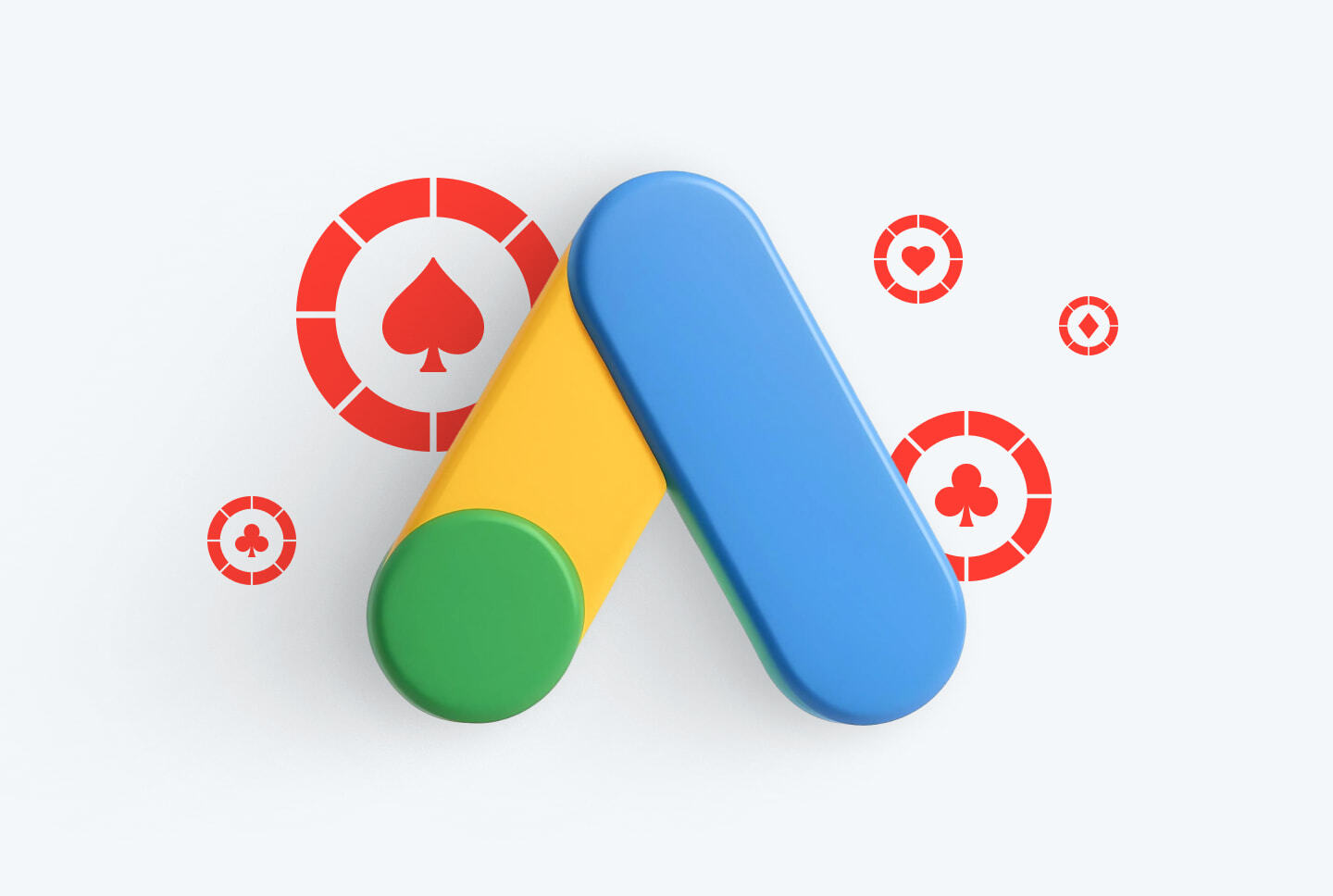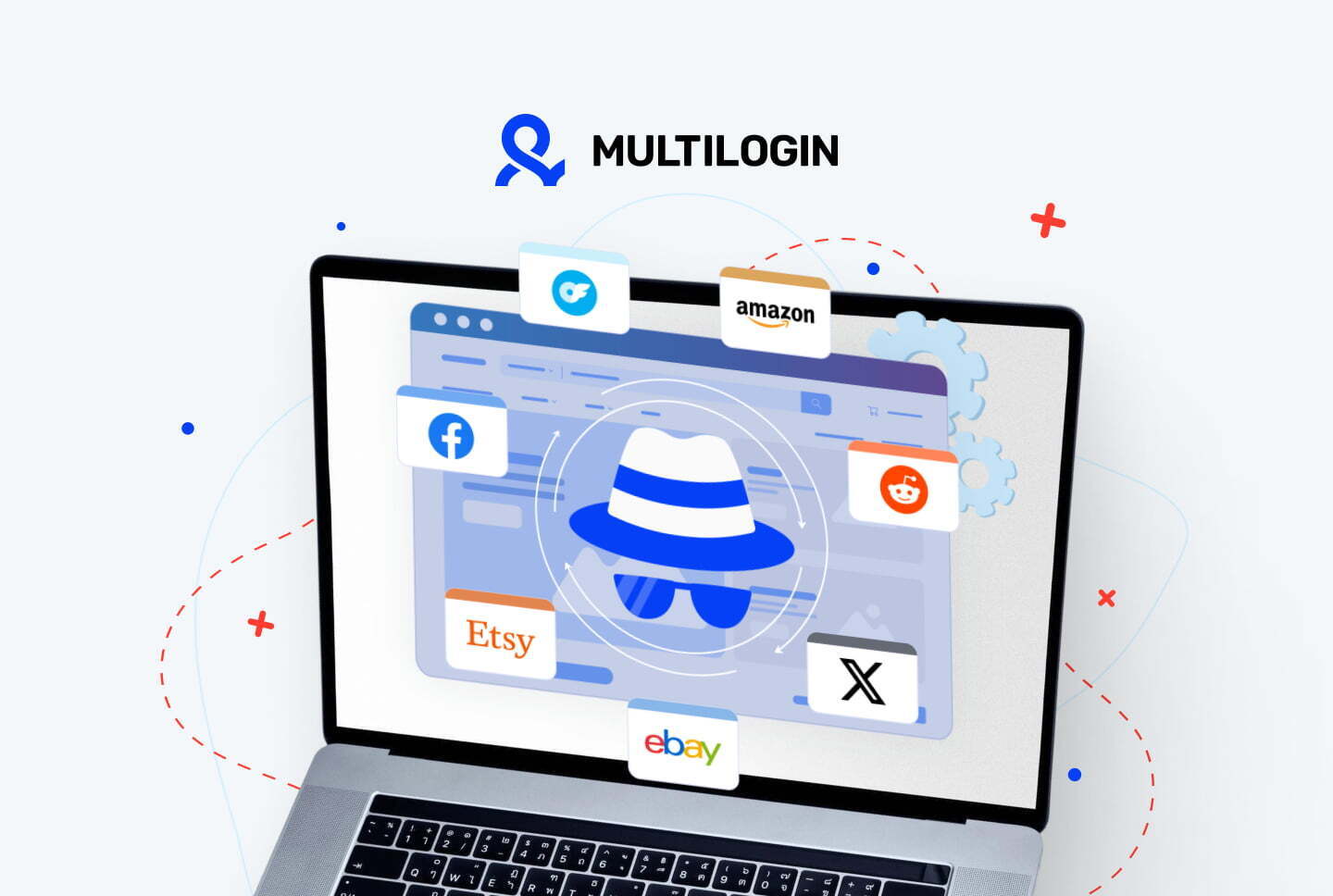SSP definition
What does SSP stand for? SSP (Supply-Side Platform) is a technology platform that helps owners of websites, apps and other online services sell their ad space through automated auctions, such as RTB, or marketplaces.
This platform connects website owners and potential buyers through ad exchanges and demand-side platforms, serving as a bridge and optimizing the ad space buying process itself. The whole process can be called programmatic advertising.
Brief overview of the material:
First of all, you’ll understand what are SSPs. A Supply-Side Platform (SSP) is a programmatic advertising tool that helps publishers sell their ad inventory through real-time bidding (RTB). It connects them with multiple demand sources like DSPs and ad networks, allowing efficient monetization, pricing control, and performance tracking. You’ll also find more than one example of SSP. Platforms like RichAds also act as intermediaries, offering advertisers access to global traffic and advanced optimization tools.
What is RichAds?
Ad network for telegram ads,
high quality push and popunder ads,
domain redirect, native and display traffic source,
buy push ads at $0.005 (CPC), pop ads at $0.5 (CPM),
domain ads costs start from $1.5 (CPM), native ads — from $0.001 (CPC),
ad network offers large volumes of traffic in more than 200 geos from Tier 3 to Tier 1.
How does supply-side platform work?
Now you know the meaning of a supply side platform, let’s take a look at exactly how SSP advertising works below and comprehend SSP meaning in business.
- Website owners connect their websites to an SSP to sell advertising space.
- The SSP helps them set prices and terms for advertising.
- The DSP (ad buying platform) then connects to the SSP and advertisers start bidding for ad space on the websites.
- The site owner offers his bid for traffic and provides information about it (number of users, desired price), and the advertiser offers information about his ads. All this happens in a millisecond.
- The SSP holds a real-time bidding (RTB) auction to determine who gets the right to place their ads on the site. Usually, the highest bid wins.
- The bottom line is that SSP allows publishers sell ads and advertisers buy them efficiently.
Not only DSP platforms, but also ad networks such as RichAds can act as intermediaries. They also provide an opportunity for marketers and direct advertisers to buy ads in real time, without interacting directly with the platforms.
Like DSP platforms, ad networks have optimization tools such as Micro Bidding, Automated Rules, Target CPA, Performance Mode and others.
What is the difference between SSPs and DSPs?
Even knowing the answer to the question “what does SSP mean”, many people still confuse this platform with DSP, so let’s briefly explain their differences.
The main difference is who the platforms work with and their goals:
- SSP helps website owners sell free ad space and get great deals from advertisers and maximize revenue.
- DSP helps advertisers buy ads on different sites and find the right CA and place their ads.
Thus, sell-side platform works with publishers and DSP works with marketers. Both platforms help to manage the advertising process, but from different angles — on the one hand they help to sell ad spaces, on the other hand they help to buy ads, that’s SSP explained and DSP explained. Below you’ll find real SSP examples.
What is RichAds?
Ad network for telegram ads,
high quality push and popunder ads,
domain redirect, native and display traffic source,
buy push ads at $0.005 (CPC), pop ads at $0.5 (CPM),
domain ads costs start from $1.5 (CPM), native ads — from $0.001 (CPC),
ad network offers large volumes of traffic in more than 200 geos from Tier 3 to Tier 1.
What are the advantages of a supply side platform?
Knowing, what is a SSP, you need to realize that there are several advantages of SSP platforms and SSP networking for publishers that make them particularly attractive.
- Understanding demand.
SSPs give publishers access to information about demand for ad inventory, including data on prices, advertiser bids, and placement performance. - Working with multiple advertisers.
With SSP, it’s more than possible to maximize your revenues by tapping into multiple monetization sources, getting bids from multiple DSPs, and making direct deals. - Control over advertising.
Site owners can monitor in real time who is buying ads from them, control access to the auction and set minimum display prices. It is also realistic to limit some topics, that doesn’t match owners needs. - Different types of advertising.
With the help of SSPs, sites can show different types of ads, such as banners, videos or popup notifications to earn more money. - Tracking results.
SSPs provide tools to analyze data and report on how much money is made from ads to find out what works best.
How to choose an SSP platform in advertising ecosystem?
When choosing an SSP platform, there are a few key factors to consider:
- Integrations with ad networks and exchanges.
Make sure your SSP supports integrations with a wide range of advertising partners to maximize your monetization. - Technology capabilities.
Check out what technologies and tools your SSP provides to optimize and manage your ad inventory, including targeting, analytics, and automation capabilities. - Support for different ad formats.
Make sure the SSP supports different ad formats such as display, video, mobile, etc. - Security and fraud protection.
Check what security measures the SSP has in place to protect against fraud and unscrupulous activities. - Pricing and commissions.
Compare the prices of different SSP platforms to choose the best value for your money. - Reviews and reputation.
Check out reviews of different SSP platforms to learn about their reputation and quality of service.
Best SSP platforms for online advertising
We have collected a list of the best supply-side platforms at the moment. These are the ones that publishers liked the most and got the best reviews.
Examples of SSP:
- Google Ad Manager
- Admixer.SSP
- Rubicon Project
- BounceX
- OpenX
- Magnite
- Sovrn
- PubMatic
- Xandr
- SpotX
- LiveRail
What is RichAds?
Ad network for telegram ads,
high quality push and popunder ads,
domain redirect, native and display traffic source,
buy push ads at $0.005 (CPC), pop ads at $0.5 (CPM),
domain ads costs start from $1.5 (CPM), native ads — from $0.001 (CPC),
ad network offers large volumes of traffic in more than 200 geos from Tier 3 to Tier 1.
Frequently asked questions on SSPs
1. What is a Supply-Side Platform (SSP)?
An SSP is a platform that helps publishers sell their digital ad space automatically to the highest bidder via auctions. It connects them to multiple demand sources, including DSPs and ad networks like RichAds.
2. How does an SSP work?
An SSP connects a publisher’s site to ad buyers through RTB auctions. It enables bidding in real time, letting advertisers compete for impressions, with the highest bid typically winning the spot.
3. SSP vs DSP – what’s the difference?
An SSP serves publishers by helping them sell inventory (ad placements), while a DSP serves advertisers by helping them buy ad placements. Both streamline the ad buying process but from opposite sides.
4. Why do publishers need an SSP?
SSPs maximize ad revenue by connecting publishers with multiple buyers, offering pricing control, transparency, and access to demand data.
5. What are the benefits of using an SSP?
Key benefits include better yield from multiple bids, real-time control over ad sales, flexible ad formats, and detailed performance analytics. Using networks like RichAds alongside SSPs can further boost reach and revenue.
Related articles:
- DSP Platform
- Real-time bidding
- RichAds won the best traffic source nomination from the AWFA
- What push traffic is and where to buy it in 2025?
- Push Ads in 2025: Complete Advertiser’s Guide (updated)
- How to make money with Pop up ads in 2025
- Popunder Ads: What Is It & How to Earn
- Top 11 push ads networks with cheap traffic
- Top 21 ad networks for affiliates
« Back to Glossary Index























